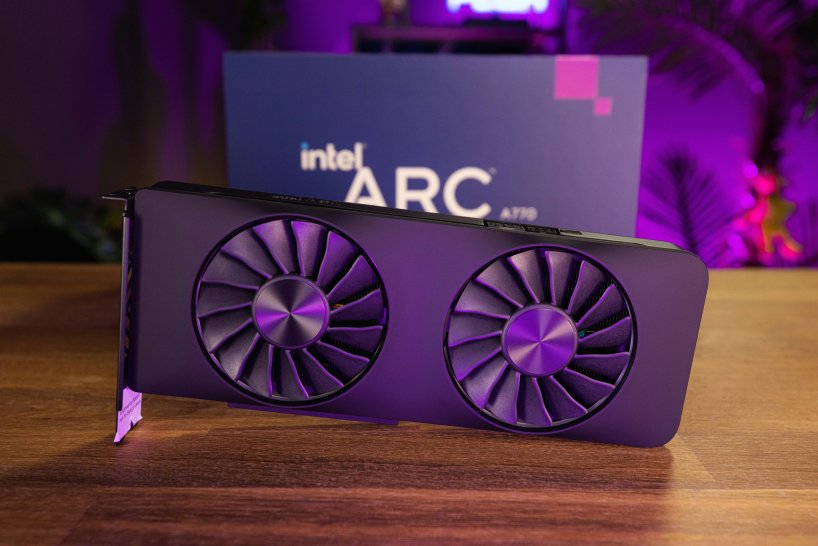Intel Arc: Graphics cards lose a quarter of their performance without ResizableBAR


Intel’s Arc graphics cards could be a welcome upgrade for older systems, but without ResizableBAR, the new graphics cards lose a quarter of their performance. There are also problems with older PC games and the drivers. PCI-E 3.0, on the other hand, is also no problem for Intel’s new graphics cards. Read more about this below.
Intel’s initial difficulties in the GPU market have been known for a long time and have significantly delayed the launch of the current Arc models several times. The company struggled and still struggles with the drivers for their graphics cards. On paper, the Intel Arc A770 should be a direct competitor to Nvidia’s Geforce RTX 3070 or AMD’s Radeon RX 6700 XT due to the size of the chip, the number of compute units and the memory expansion, but in reality the opponents are more AMD’s Radeon RX 66×0 XT and Nvidia’s Geforce RTX 3060.
Intel Arc A770 16GB and Arc A750 8GB in the test: Are Intel’s gaming debutants convincing? [XeSS-Update]
The Arc models still do well under Direct X12, but in DX 11 and older games they sometimes lose significantly to AMD and Nvidia. Intel also faces another dilemma. The Arc A750 and Arc A770 have announced suggested retail prices of $289 and $329, respectively. For $20 more, the Arc A770 can be purchased with 16 GiB of graphics memory, giving you some buffer for the future. At first glance, these prices seem fair and since there are no next-gen entry-level models yet, the Arc models definitely have potential.
The problem that Intel faces, however, is the rest of such a PC system. Users who are interested in a Geforce RTX 4090 that costs almost 2,000 euros usually have a very current AMD or Intel CPU that supports the latest features or could buy one. However, if you only want to upgrade a graphics card for a price of 300 to 400 euros in order to breathe new life into the PC, you could also rely on older hardware, which will have to last for a while.
Intel’s 9th generation Core or a Ryzen 2000 model can be used with normal graphics cards without any problems, but the Arc models require ResizableBAR. However, this is only available across the board from Ryzen 3000 and Intel’s tenth core generation. That doesn’t mean that the Arc graphics cards won’t work in systems without a Re-Bar, but the difference in performance that Techpowerup measured is huge. The Arc A770 loses between 20 and 30 percent without a re-bar. Changing from PCI-E-4.0 to PCI-E-3.0, on the other hand, costs a reasonable two percent, so that an AM4 system with an older mainboard but a newer Ryzen works without any problems.
It is not yet clear whether or how Intel will tackle this problem. However, users who are seriously interested in graphics cards should be aware of this problem and compare the hardware required by Intel with their own system before buying a graphics card.
Source: tech powerup
Reference-www.pcgameshardware.de